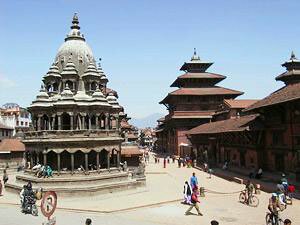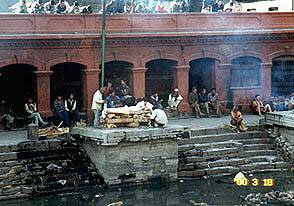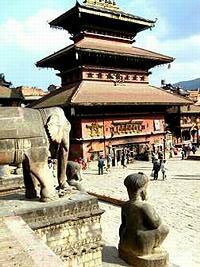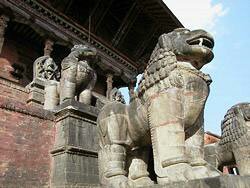
Home | Buffalo Bill | Sixties | People | Springfield History | Education | Travels |Around & About | Internet



Boudhanath is the largest stupa in Nepal (at right). It draws a number of Tibetans because refugees from Tibet who fled from China settled here. Buddhist monks are very much in evidence.
Another stupa, Swayambunath Stupa, sits high on a hill overlooking the city reached by a staircase of 300 steps. It is also known as the Monkey temple.. Here Buddhists come to worship and meditate. The stupas feature the sleepy, all-seeing Buddha's eyes from the top of the shrine.3 The eyes represent the eyes of the Buddha and face the four cardinal directions. Between each pair of eyes is what looks like a question mark. It is instead the Nepalese symbol for "1" indicating unity. It is believed there may have been a shrine here as long as 2000 years ago.




Home | Buffalo Bill | Sixties | People | Springfield History | Education | Travels |Around & About | Internet
Page maintained by - Last updated January 7, 2002